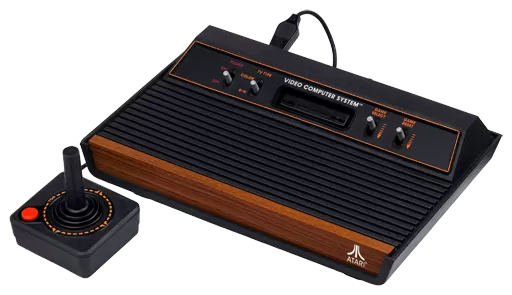MAME stands for Multiple Arcade Machine Emulator. MAME's purpose is to preserve decades of software history. As electronic technology continues to rush forward, MAME prevents this important "vintage" software from being lost and forgotten. This is achieved by documenting the hardware and how it functions. The source code to MAME serves as this documentation. The fact that the software is usable serves primarily to validate the accuracy of the documentation (how else can you prove that you have recreated the hardware faithfully?).
Over time, MAME (originally stood for Multiple Arcade Machine Emulator) absorbed the sister-project MESS (Multi Emulator Super System), so MAME now documents a wide variety of (mostly vintage) computers, video game consoles and calculators, in addition to the arcade video games that were its initial focus.
What's New
After two long months, we're back with MAME 0.262! Of course, it's full of exciting work on multiple fronts. In core media support, MAME now supports FLAC compression for compact cassette images, and Zstandard compression in zip archives and CHD disk images. For maximum compatibility, chdman won't use Zstandard compression by default, so you'll need to enable it if you want to use it when creating or converting disk images. For your convenience, unidasm now allows you to specify offsets in hexadecimal or octal.
Three LaserDisc games designed by Rick Dyer are now working: the Japanese version of Time Traveler, the console-to-arcade conversion Thayer's Quest, and Don Bluth's Dragon's Lair. It's very exciting to see multiple LaserDisc captures combined to eliminate all dropouts from disc degradation and pressing faults for Dragon's Lair and Thayer's Quest.
Following up on work in the previous release, MAME now supports Sega's TV Ocha-Ken system, based on the same technology as the Advanced Pico BEENA. It's a far simpler system designed for young children, using barcode cards to trigger mini-games. Also from Sega, initial support for the AI computer has been added. No, this isn't related to the current artificial intelligence craze; it's a rather obscure system from 1986 featuring a pen tablet and using cartridge and compact cassette media.
Two more Casio Phase Distortion synthesisers have been added: the CZ-230S keyboard and the rare SZ-1 sequencer. The CZ-2230S lacked sound editing features but added a programmable drum machine (using PCM samples) and sequencer. Also in synthesiser emulation, MAME's Wave Blaster host driver now supports multiple synthesiser modules from Casio, Samsung, and Yamaha. In other musical news, the original version of the very obscure Shamisen Brothers rhythm game from Kato's has now been fully dumped and emulated.
The microcontroller program for Taito's KiKi KaiKai was recently extracted. This contains a substantial amount of game logic, allowing the simulation code previously used by MAME to be retired and giving more confidence that the emulation is accurate. Improvements to our Fujitsu MB8841 emulation have fixed persistent issues in Arabian from Sun Electronics. HT1130 microcontrollers are now supported, allowing cheap hand-held "brick games" to be emulated, albeit without sound for now.
This is a big release for chess computer emulation. There are lots of newly supported chess computers from the brands you love, like Hegener + Glaser, Novag, and Saitek, as well as more versions of systems that were already supported. There were also a couple of backgammon computers added, from Saitek and Tryom.
Read the complete release notes here.



